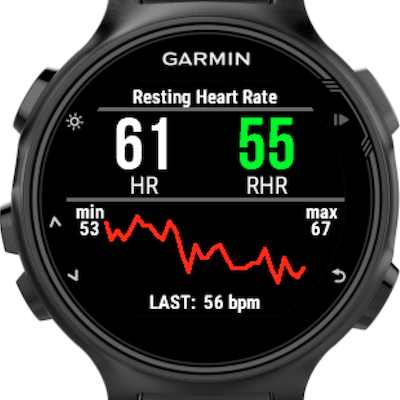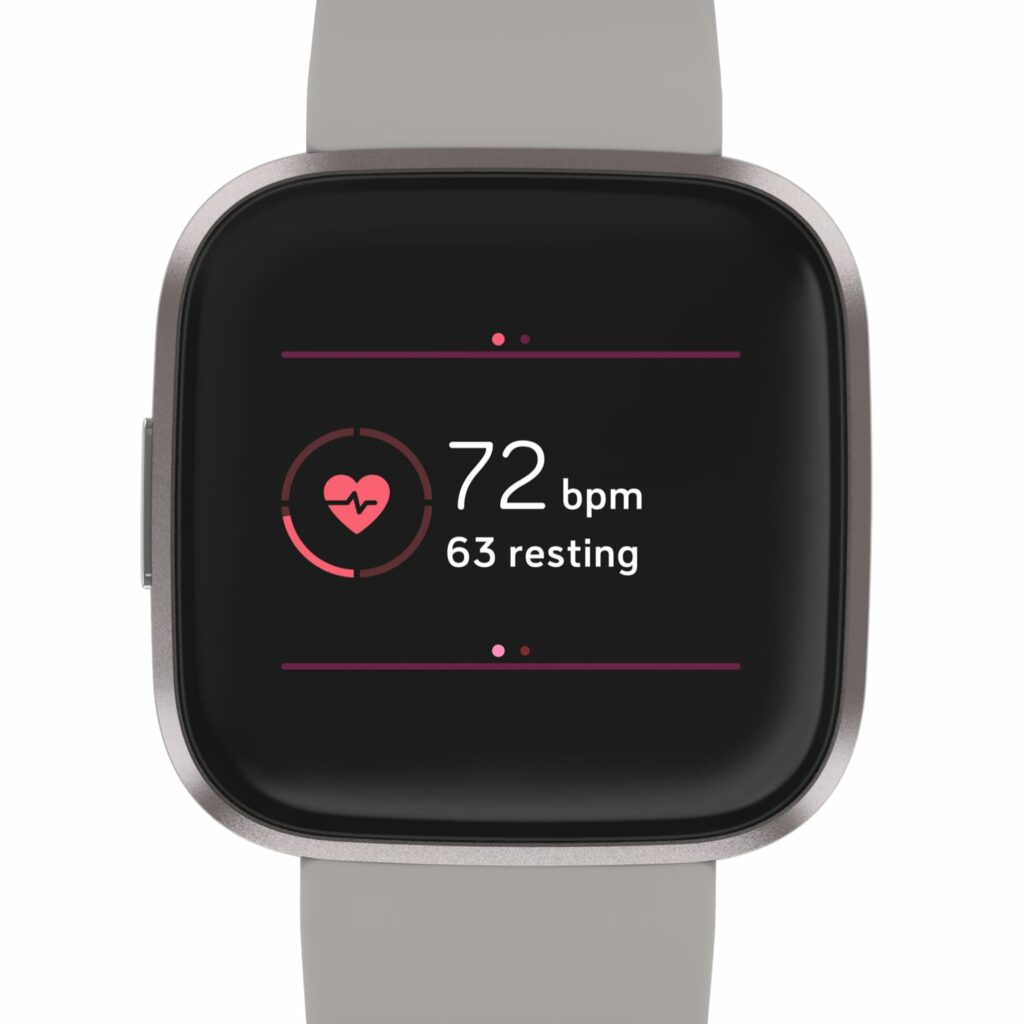Gamification in healthcare refers to the use of game-like elements, such as points, rewards, and competition, to engage patients and encourage healthy behaviours. This approach has become increasingly popular in recent years, as healthcare providers look for new and innovative ways to improve patient outcomes and satisfaction. Some of the ways that gamification is being used in healthcare today.
- Patient engagement: Gamification can be a fun and effective way to engage patients in their own care. By using points, rewards, and competition, patients are motivated to become more involved in their health and wellness and are more likely to stick to their treatment plans.
- Adherence to treatment: Gamification can help improve adherence to treatment, as patients are incentivized to take their medications and attend appointments. For example, patients can earn points for taking their medications on time and can compete with other patients to see who is most compliant with their treatment plan.
- Health tracking: Gamification can also be used to encourage patients to track their health and wellness metrics, such as weight, blood pressure, and physical activity levels. By using a point system, patients are motivated to improve their health and are rewarded for reaching their goals.
- Chronic disease management: Gamification can be particularly effective in the management of chronic diseases, such as diabetes, heart disease, and asthma. By using games and other game-like elements, patients are encouraged to take an active role in their care and are more likely to adhere to their treatment plans.
- Mental health: Gamification is also being used in the treatment of mental health conditions, such as anxiety and depression. For example, patients can use gamified apps to track their moods, complete therapy assignments, and earn rewards for meeting their goals.
In conclusion, gamification in healthcare is a growing trend that has shown promising results. By incorporating game-like elements into patient care, healthcare providers can create a more enjoyable and engaging experience for patients, which can lead to better outcomes and higher levels of satisfaction and overall health status.
>>> But how can all be applied when we talk about the elderly population?
Gamification can be an effective tool for engaging and motivating elderly patients as well. As older adults face a unique set of challenges related to their health and wellness, gamification can help to make their healthcare experience more enjoyable and effective. How gamification can be applied to improve the health and well-being of elderly patients.
- Encouraging physical activity: Physical activity is crucial for maintaining good health and independence as we age. Gamification can be used to encourage older adults to be more active by making exercise and physical activity more fun and engaging.
- Medication management: Many older adults take multiple medications, which can be difficult to manage and can lead to non-adherence. Gamification can be used to help older adults remember to take their medications and stay on track with their treatment plans.
- Cognitive stimulation: As we age, it’s important to maintain cognitive function and prevent decline. Gamification can be used to encourage older adults to engage in activities that stimulate their minds, such as crosswords, word games, and other brain games. These activities can be made more engaging by using gamification elements, such as points and rewards, to encourage patients to participate.
- Social engagement: Social isolation is a major problem for many older adults, and it can have a significant impact on their health and well-being. Gamification can be used to encourage social engagement and build a sense of community among older adults.
Gamification can be a valuable tool for improving the health and well-being of older adults. By using game-like elements, healthcare providers can make the healthcare experience more enjoyable and effective for older patients, improve patient outcomes and enhance the overall quality of life for older adults.
_ Literature:
- K. White, Becky et al: Gamification and older adults: Opportunities for gamification to support health promotion initiatives for older adults in the context of COVID-19. In The Lancet Regional Health – Western Pacific (2022), https://doi.org/10.1016/j.lanwpc.2022.100528
- de Vette, Frederiek et al: Engaging Elderly People in Telemedicine Through Gamification. In JMIR Publications – Advanced Digital Health and Open Science 3, no 2 (2015), DOI:10.2196/games.4561


